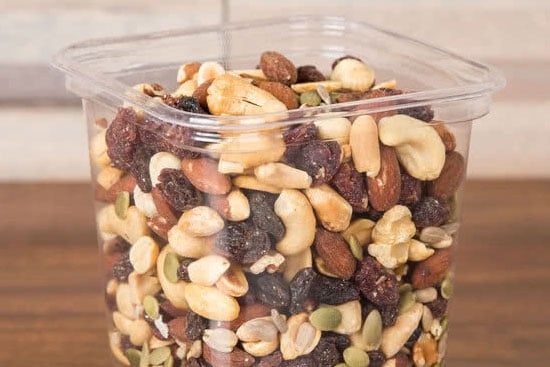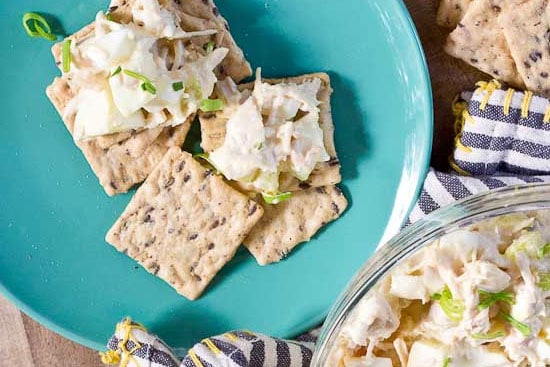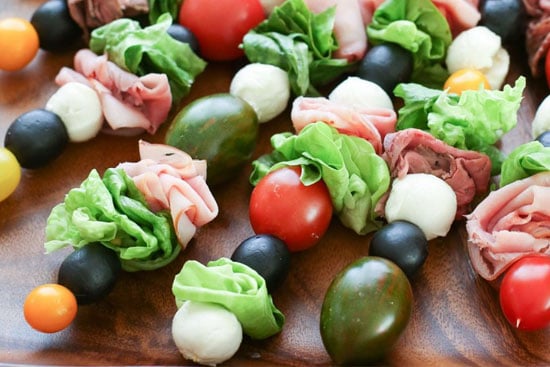I am excited about the summer of 2018. This summer brings new memories, adventures, and time spent on the pontoon with family. Now, with the arrival of summer, comes the staunching summer heat, which if you didn’t know, can be dangerous to a pontoon boat. Therefore it is important to know how to protect your pontoon boat from the summer heat.
While owning a pontoon boat is incredibly rewarding and fun, it’s important that you take the time to care and protect your boat, especially in the summer heat. We can all agree that the last thing you want to happen this summer is to find out that some part of your pontoon boat was damaged by lack of protection.
Today, I want to share with you my ideas and thoughts on how to protect your pontoon boat from the summer heat this year. As always, if you have any ideas to share with the crowd, feel free to add your comment below.
Shall we begin?
The Four Step Protection Plan To Help With Summer Heat
It’s important that, before the summer heat gets here, you develop a game plan for how you plan to protect your pontoon boat.
Once the snow has passed and the White Walkers went back home, I know that it’s time to begin getting my Pontoon Boat ready for the ocean blue.
I have developed what I like to call my pontoon protection plan. It’s an incredibly easy process that starts the moment the warm rays come out.
-
Full-Scale Cleaning

Like many other things in life, before you can apply any form of protector to a surface, it needs to be clean. So, what I like to do is take the boat out in the backyard and prepare it for a full-scale cleaning.
In the industry today, there are dozens upon dozens of different pontoon boat soaps, which can be found at your local boat stores, marinas, or even Amazon. The best products, in my opinion, are the ones that care for the gel coat and the surface of the material.
When it comes to the interior of your pontoon, treat and clean it based on the type of material on the inside. For me, I use a high-quality vinyl cleaner and polish from a local boating store. This helps protect the interior material from cracking or flaking.
-
Apply A Protectant
Once the pontoon is spiffy clean, what I do is apply a protectant to help protect the gel coat and material of the boat from deteriorating or oxidizing, due to the Sun.
Again, there are so many different products on the market today that can do the job. I recommend purchasing a product that is heavy-duty. What you are looking for is something known as polymers.
This is the secret to protecting your pontoon boat, it’s your personal defense mechanism against the Sun. It’s the sunscreen for a pontoon boat.
Do keep in mind, the more you sail, the more you need to clean and reapply a protectant. Remember, this is your baby!
-
Daily Maintenance
Now, I understand that this process can be time-consuming, and sometimes undesirable. To make it easier for myself, I take the extra step and perform daily maintenance on my pontoon.
So, what I typically do is use some daily maintenance products, also known as pontoon boat guards. These products act as the first line of defense to protect the boat and the original protectant.
My favorite part about using these cleaning products is that they have polymers in the formula. This helps reinforce the protectant, helping to clean the boat from harmful chemicals, and effectively protecting it from the Sun.
Since most of these products come in the form of a spray, it’s easy to use.
-
Cover Your Pontoon When Not In Use
 I have talked a lot about the importance of pontoon boat covers and the best ones out there. I can’t stress it enough. You do not want your pontoon boat exposed to constant heat. Otherwise, the sun’s powers and UV rays will expedite the oxidation process.
I have talked a lot about the importance of pontoon boat covers and the best ones out there. I can’t stress it enough. You do not want your pontoon boat exposed to constant heat. Otherwise, the sun’s powers and UV rays will expedite the oxidation process.
To protect your pontoon boat from the summer heat, purchase a quality cover that you can use year-round.
Try to get into the habit of covering your pontoon if you are not using it. Every time I come back from the water I take a few minutes to clean off the grime and bacteria, or salt if I was in the ocean. Once dry, I cover the entire pontoon until it’s next use or cleaning.
Most Common Mistakes Boaters Make
If you are want to avoid any damage or expensive repairs, avoid making any of these common mistakes that boaters make:
- Dish Soap
Unless you intend to clean the dishes on your boat put the dish soap back where it belongs, the kitchen. Why would you use that product on your boat? Don’t be cheap, buy the right product!
- Laundry Soap
Like that of dish soap, using laundry soap or detergent with water to clean a pontoon boat is a mistake. If you are seriously considering cleaning your boat, use the proper products.
- Wrong Surface, Wrong Product
It’s important to know all of the materials in and on your pontoon boat. When it comes to cleaning, you need to know what types of materials you are dealing with.
You should also know the environment that your boat is around. For example, if you live close to the ocean, chances are, with the ocean and salt water, there’s salt in the area that can reach your boat.
Summer Pontoon Protection Checklist For 2018
With the anticipation of summer, I have prepared a little checklist for you all in case you need some help or are just looking for some helpful ideas. I’m going to call it Summer Pontoon Protection Checklist for 2018.
If you can follow the 4-Step process listed above and follow this checklist, your pontoon boat will be in great shape.
- General Cleaning – Perform a general cleaning of the inside and outside of the pontoon boat.
- Make sure all electrical outlets and batteries are functioning and working.
- Inspect all gauges to ensure maximum operability.
- Review oil and filters to make sure the pontoon is ready for maximum performance.
- Check all essentials
- Transmission Fluid, belts, cooling system, etc.
- Make sure trailer is up-to-date on registration
- Make sure pontoon is up-to-date on registration
- Test all lights.
- Inspect exterior and interior of pontoon for minor or major oxidation.
- Reseal and add polymer protectant.
- Purchase daily spray pontoon guard for each use.
- Purchase quality boat cover designed to protect from UV damage.
- Have fun!
Enjoy Your Pontoon This Season!
Overall, as a pontoon boat owners, it’s our responsibility to keep track and protect our baby. Your pontoon boat needs protection, like sunscreen, to play and function longer. If you don’t protect it, you risk things breaking down, resulting in a messy situation.
Trust me, this summer, that’s the last thing you want to deal with when you can be enjoying the summer rays on the ocean blue.
Overall, my hope is that with all the information and tips I shared with you in the article, you are properly prepared to protect your pontoon boat from the summer heat.
If you have any methods or ideas that I did not discuss above, feel free to drop a comment below and share with us! After all, we are a community of pontoon boaters!















